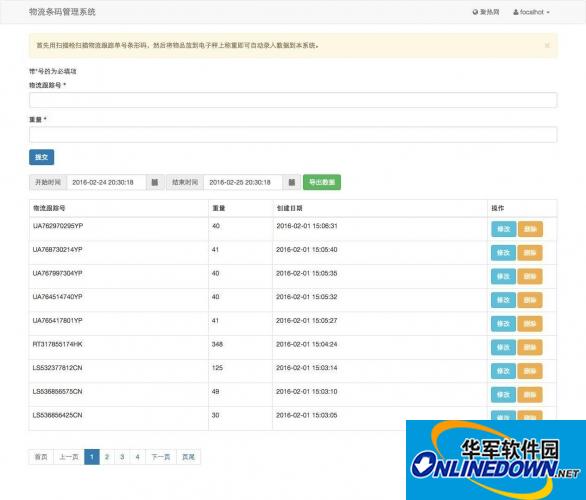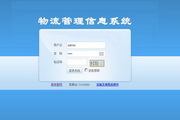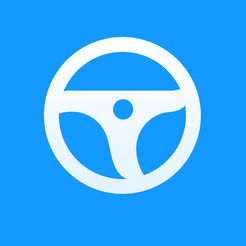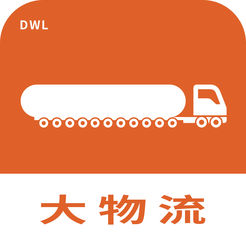- Green versionView
- Green versionView
- Green versionView

Function introduction
1. Business management
1. Order entry: Register fixed contracts and temporary contracts in the order for dispatchers to dispatch. Supports tracking the status of orders, which are divided into three states: completed, uncompleted, and canceled.
2. Scheduling and delivery: Arrange orders to vehicles and drivers for transportation. Supports splitting and combining orders for transportation.
3. Vehicle departure registration: When the vehicle leaves the vehicle, the operator registers and needs to fill in the driver's advance payment and the actual amount of goods delivered.
4. Reimbursement after vehicle return: After the vehicle returns to the factory, the operator will register the income and expenditure.
5. Simple registration: Simplify the registration of transport orders. There is no need to follow the four steps of order-scheduling-delivery-return and report. Instead, the transport orders will be registered at once when the vehicle returns to the factory. The results generated are consistent with the results of registration according to the process.
6. Vehicle status: There are three types of vehicle status, namely "standby status", "out-of-service status" and "maintenance status". The status of the vehicle will automatically jump based on vehicle departure registration and vehicle return reimbursement, or its status can be changed manually by the operator.
7. Transportation template: For some fixed transportation orders, you can edit them in the transportation template in advance. When registering the transportation order, you can directly select the template to generate the transportation order, which greatly simplifies the workload.
2. Vehicle management
1. Parts procurement: When parts are purchased, they will be stored in the warehouse and registered as payable and paid.
2. Accessories inventory: Check the real-time inventory of accessories.
3. Maintenance registration: Register when the vehicle is being repaired. Maintenance can be divided into internal maintenance and external maintenance. External maintenance requires a designated maintenance location (repair shop) for calculation of payable and paid. Internal maintenance will be subtracted from the parts inventory.
4. Refueling registration: Register the vehicle when refueling. If you are refueling when leaving the vehicle, you can register it in the refueling details of the vehicle return report or simple registration in the business management. The purpose of the refueling registration here is to refuel in addition to refueling when leaving the vehicle.
5. Maintenance registration: registration during vehicle maintenance. The system will automatically warn you during the next maintenance.
6. Tire management: register tire usage. This module is a separate module and has no connection with parts procurement, parts inventory, and maintenance.
7. Fixed fee registration: Fixed fee for vehicle registration. Fixed fee items support customization, such as annual review, quarterly review, insurance, GPS fee, first-level maintenance, second-level maintenance, etc. Users can customize according to actual conditions.
8. Fixed fee early warning: The system automatically reminds users which fees are about to expire based on the expiration date of fixed fee registration within the set number of warning days.
3. Cash bank
1. Expenses: In addition to transportation costs, fixed expenses, and wages, other expenses in the daily operations of the enterprise.
2. Other income: non-operating income from the daily operations of the enterprise.
3. Bank transfer deposit: transfer the amount of each account in the cash bank. For example, transfer the amount of the check to cash or bank account, or transfer cash to bank account.
4. Driver's loan repayment: Drivers can register when they leave the vehicle to borrow money and return to the vehicle to claim the account. They can also register directly when they leave the vehicle to register and return the vehicle to claim the account.
5. Cash bank balance: Check the current balance of each account in the cash bank account. The amount in the entire system is related to the cash bank, that is, a cash voucher will be automatically generated when the amount is generated.
6. Related reports: cash bank detailed account book, cash bank account book summary, cash bank account book classification summary, expense summary table, income summary table, driver reimbursement summary table.
4. Receivables and payables
1. Freight receivable settlement: registration when receiving freight from the entrusting unit.
2. Freight payable settlement: registration when paying freight to the carrier fleet (outsourced fleet). The function is consistent with the upper framework of freight receivable settlement.
3. Parts purchase settlement payable: registration when paying fees to parts suppliers.
4. Gas settlement payable: registration when paying gas station fees.
5. Maintenance settlement payable: registration when paying fees to the repair shop.
6. Related reports: Freight receivable statement, Freight receivable summary, Freight receivable monthly summary, Freight payable statement, Freight payable summary, Parts payable purchase statement, Parts payable purchase summary, Refueling statement payable, Refueling payable summary, Maintenance payable statement, Maintenance payable summary.









































Useful
Useful
Useful